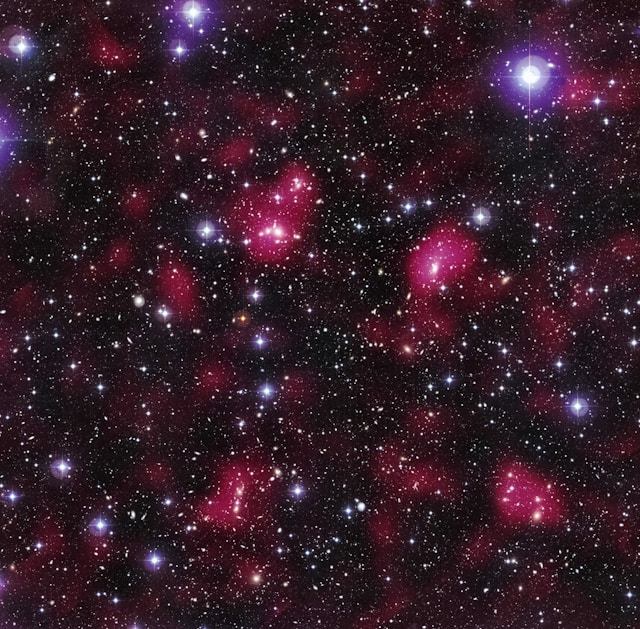Saturday, 12 July 2025
The Shapely supercluster
Saturday, 5 July 2025
The colour of the sun: definitely not what you think!
Have you ever wondered what colour our sun actually is? Is it red, orange or yellow?
What if I told you it is none of these! What if I told you the colour of the sun is actually white. Yes white.
You may ask, why do we see it as red or orange?
Yes, you see it as red or orange because of the scattering of light. You might know that when a beam of white light is passed through a prism, it scatters into multiple colours.
That is exactly how light from the white light from the sun scatters when it passes through our atmosphere. This is called Rayleigh Scattering.
The amount of light scattered depends on the wavelength of a particular ray. A large amount of blue and indigo waves (shorter waves) get scattered away from the path to our eyes. Red and orange waves (longer ones) don't get scattered in large amounts and reach our eyes. Therefore, they came right to us making it appear red or orange.
However, in the evenings, sunlight has to pass through a thicker layer of the atmosphere. Due to this, this scattering increases and larger amounts of blue light get scattered away. This is why the sky looks red or orange during the sunsets.
Note: Pictures like the one included in this post are just for demonstration purposes.
I hope you understood this. If you have any suggestions for me please drop them down in the comments. See you next Sunday!!
Wednesday, 2 July 2025
The great attractor
The Shapely supercluster
In one of the previous posts, we discussed the Great Attactor. In that post, I also mentioned the Shapely Supercluster. This post is going t...
-
Ever since I was a kid, I have been fascinated by space. I fondly remember the countless nights I spent stargazing with my mothe...
-
A light-year is a unit of length, similar to a meter or a foot. Meters and feet are commonly used to measure small distances, such as the di...
-
In one of the previous posts, we discussed the Great Attactor. In that post, I also mentioned the Shapely Supercluster. This post is going t...


